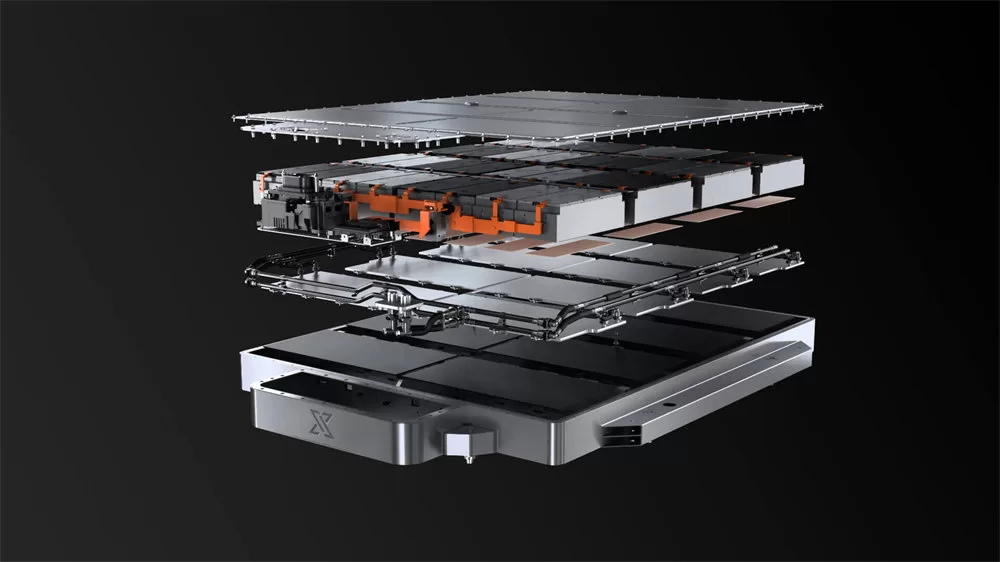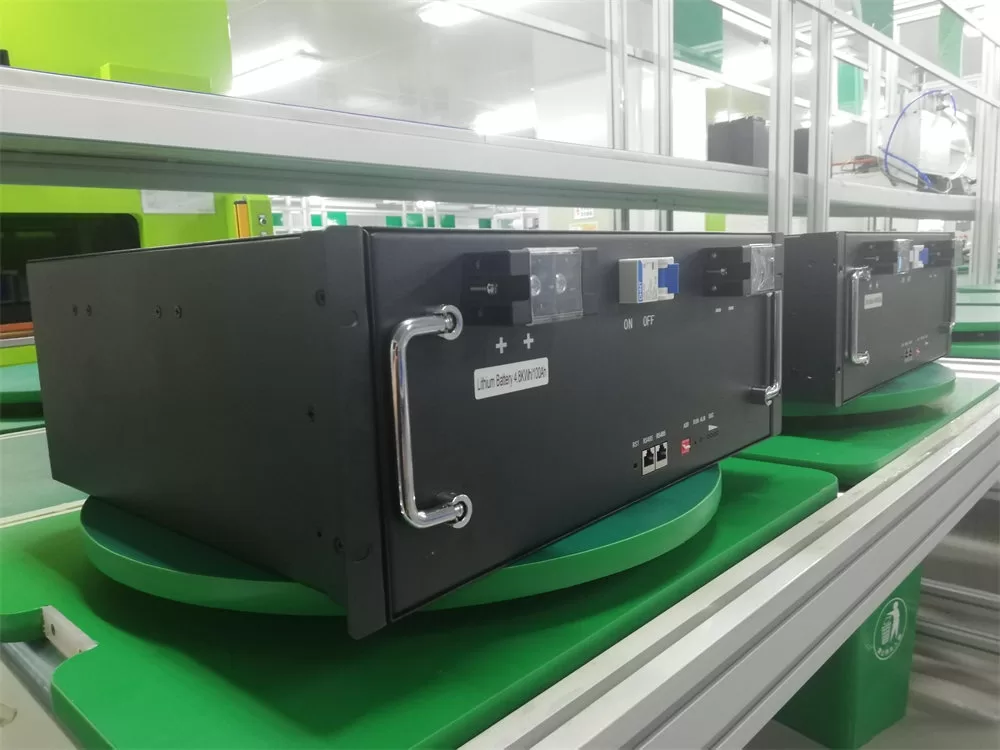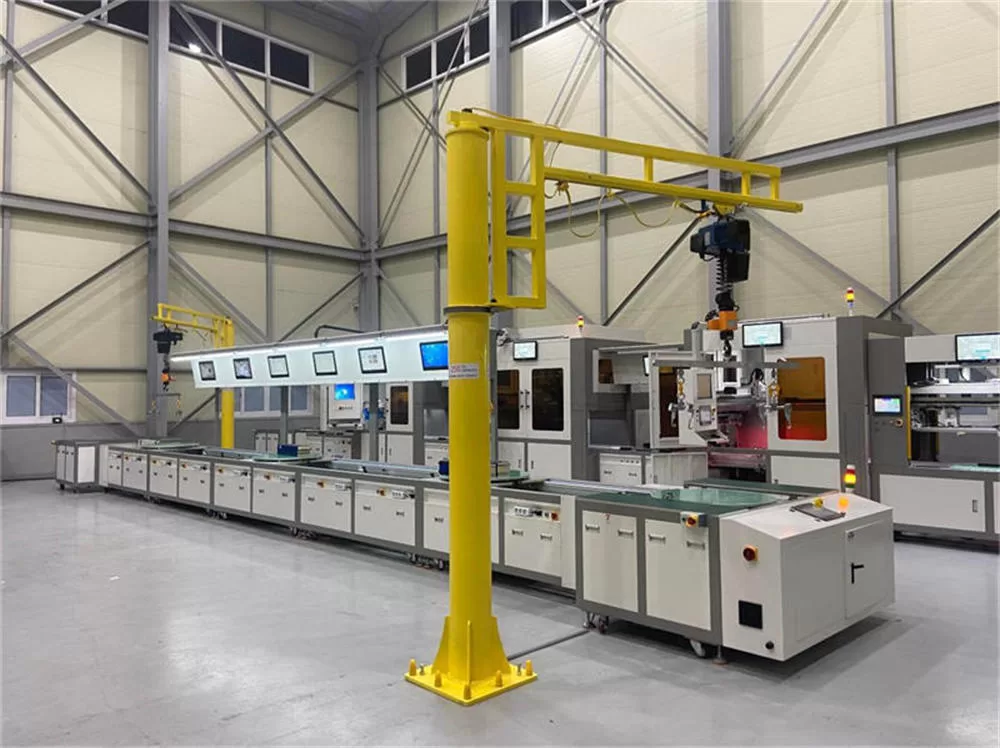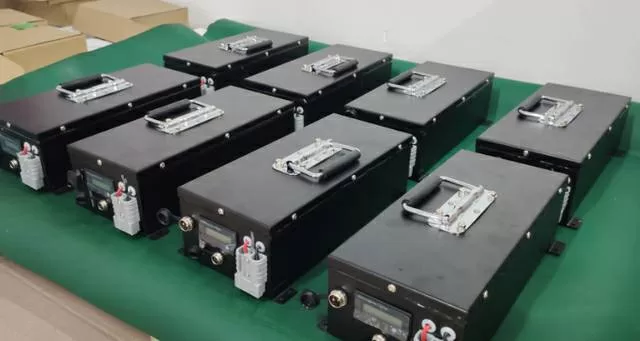Power Battery Vs Energy Battery
Lithium batteries can be classified into consumer batteries (3C batteries used in mobile phones, laptops, and digital cameras), power lithium batteries (used in electric vehicles, light electric vehicles, and power tools), and energy storage batteries (used in power stations and communication base stations).
Power Battery
Power lithium batteries, although they are a type of energy storage battery, have higher performance requirements compared to conventional energy storage batteries. This is because electric vehicles have limitations in terms of dimensions, weight, and acceleration requirements during startup. Power lithium batteries need to meet criteria such as higher energy density, faster charging and discharging rates.

According to standards, power lithium batteries should not be used in electric vehicles when their capacity falls below 80%. However, energy storage batteries, which are primarily stationary, do not have direct requirements for energy density. On the other hand, different energy storage scenarios may have additional requirements regarding power density.
Energy Storage Battery
Energy storage batteries have higher cycle life requirements compared to power lithium batteries. Electric vehicle batteries typically last 5 to 8 years, while energy storage projects usually span over ten years. Power lithium batteries can undergo 1000 to 2000 charge cycles, whereas energy storage lithium batteries generally require a cycle life of more than 3500 cycles.

Cost is a significant consideration for power lithium batteries as they face competition from traditional fuel power sources. In contrast, energy storage lithium batteries need to be cost-competitive with conventional peak and frequency modulation technologies. Additionally, energy storage power stations are typically on a larger scale, reaching megawatt or even hundreds of megawatt levels. As a result, the cost of energy storage lithium batteries is lower, and they offer higher safety compared to power lithium batteries.
Common Features
While power and energy storage lithium batteries share common features, such as the use of lithium iron phosphate(LFP) or ternary lithium battery(NCM/NCA)cells, the main difference lies in the setup of the BMS management system. This includes battery power response speed and characteristics, accuracy of state of charge (SOC) estimation, and charge-discharge features.




